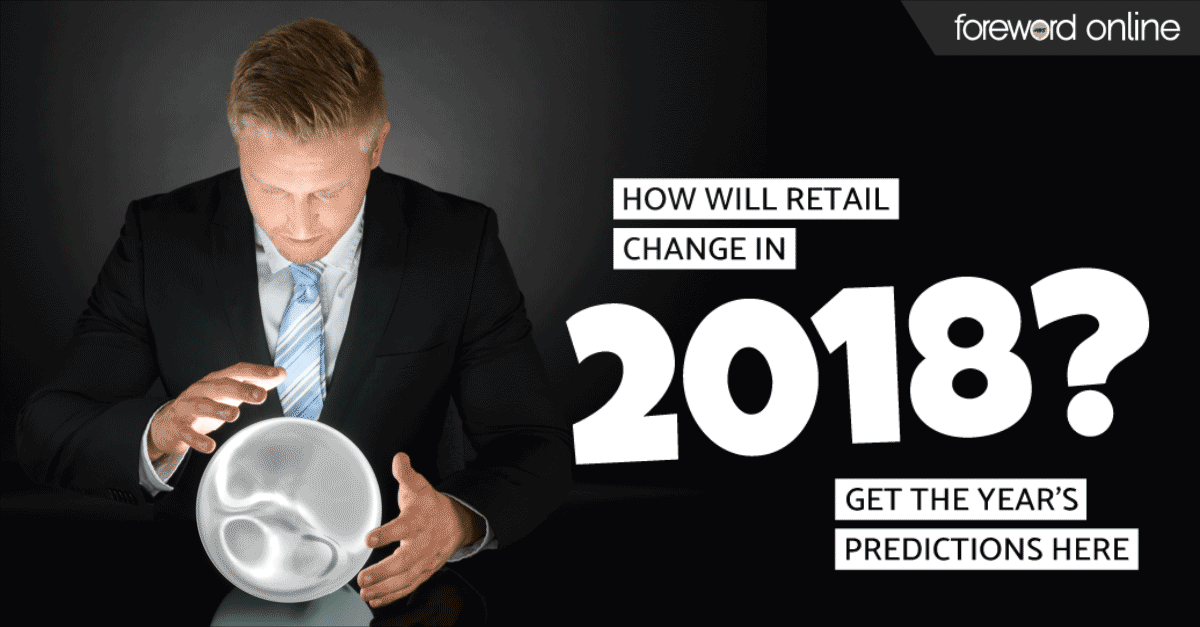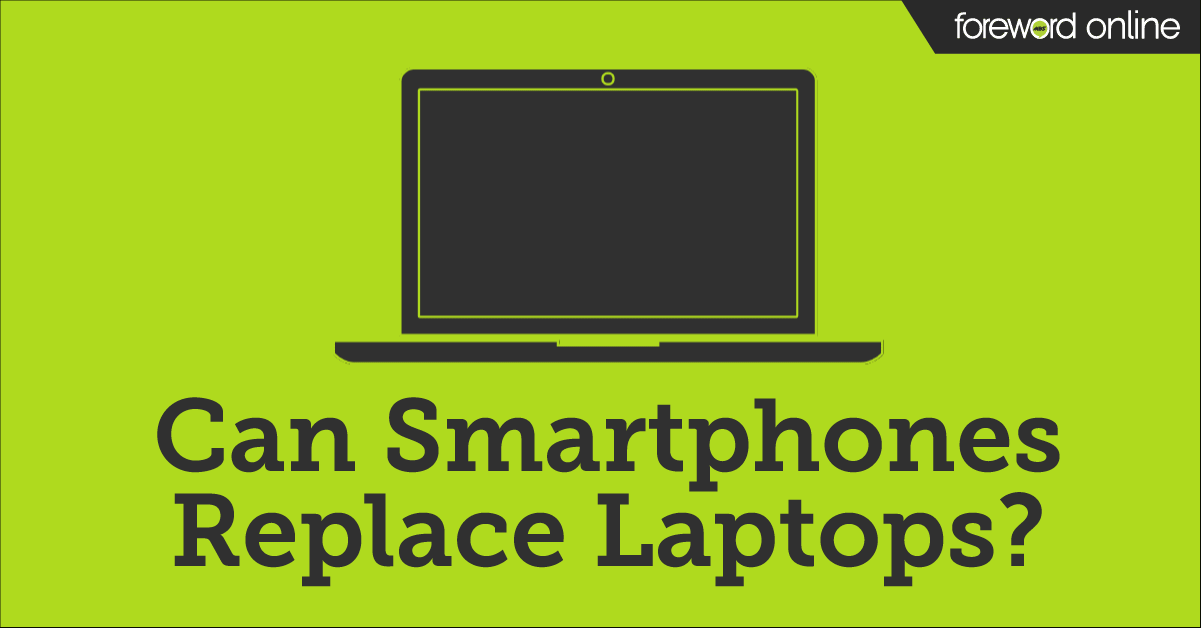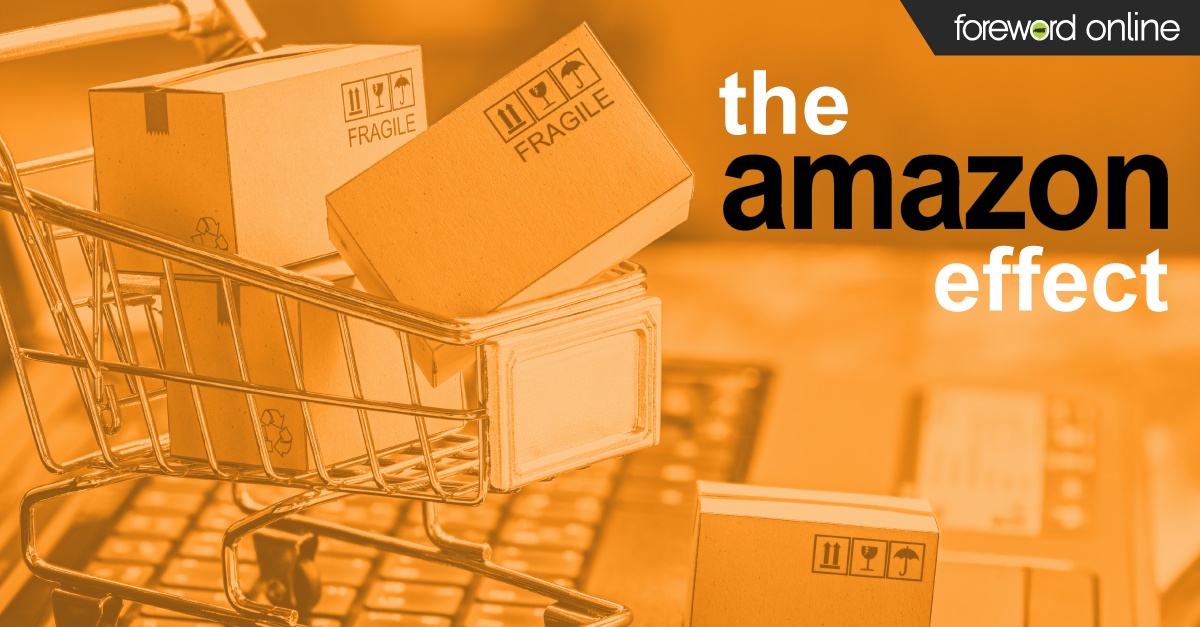One-time retail juggernauts Macys and Sears shut down hundreds of stores. The eCommerce force-from-beyond, Amazon, bought Whole Foods and introduced its first checkout-free convenience store, Amazon Go. 2017 was undoubtedly one of retail’s craziest years on record. What does that mean for 2018?
“I think 2017 was a really interesting year for retail,” STORES Magazine Editor Susan Reda told the National Retail Federation (NRF). “I would call it one of the most transformative periods of retail that I have seen in decades.”
Transformation is the key word. Stores that aren’t prepared to change the way they do business will be left behind in 2018, according to the host of expert opinions
But how will retailers change? They’ll start by getting savvier about the way they understand customers and their experiences.
Here is our roundup of the 2018 industry predictions most likely to affect collegiate retailers.
- Brick-and-mortar won’t die, but stores committed to offering the same-old, same-old customer experience might as well shut their doors now — Macys and Sears didn’t suffer so much from eCommerce competition as they did from an inability to get creative, according to Forbes writer Steven Dennis. Customers expect more from a brick-and-mortar experience than these old-school department chains offered. According to Dennis, it means the market is shedding dead weight and doing for consumers what it’s supposed to do: providing more of what they want and less of what they merely tolerated in the past.
- eCommerce means more customers have access to high-quality goods — Back in the day, when you lived in, say, Topeka, you were stuck with what Topeka stores had to offer. Now, well-heeled Topekans are shopping globally for brands that were once out-of-reach. That means local stores can no longer afford to offer only mediocre merchandise. College retailers must wise up to this reality (and some have). Students want much classier merchandise than simple logoed apparel. San Diego’s Aztec Store is onto this trend. It’s seen great success offering high-ticket items like Kate Spade accessories and Free People clothing.
- Attention to customer pain points — Some of the most successful retailers are giving more thought to the causes of customer distress. Instead of worrying about how to sell furniture that’s hard to put together, for instance, they find merchandise assembled with little time and effort. Another example: Everyone knows customers detest long lines. Mobile POS systems, which allow shoppers to check out without going to the counter, virtually eliminate that suffering. The more stores implement such technologies, the more customers will grow impatient with even the shortest of lines.
- Focus on the customer journey — Now, the customer journey starts well before he or she sets foot in the store. It begins online. Customers not only check prices before venturing out, they check to see if your merchandise is in stock. If it’s not, they head elsewhere. Your online presence must be robust and up-to-date if it’s going to capture the abundance of shoppers. After customers enter the store, they expect an experience they can’t have online. They often assume they can always buy things cheaper virtually — even if it’s not true. Thus, the store needs to usher them gently through journey, providing new forms of excitement from the moment they step in until they leave, along with assurance that they’re getting the best value for money.
- Click and Collect — This is perhaps the biggest transformation we’ll see in 2018. More shoppers will make purchases online and pick them up in the store. It satisfies customers’ dual desire for online convenience and instant gratification. Some Walmarts have added inviting sections to their store for click and collect, making the process frictionless. Target is beta-testing a store divided equally between traditional shoppers and click-and-collectors. That means they’re honing in on the customer-journey, even when they’ve already made a purchase. It’s a path to garnering repeat visitors.





